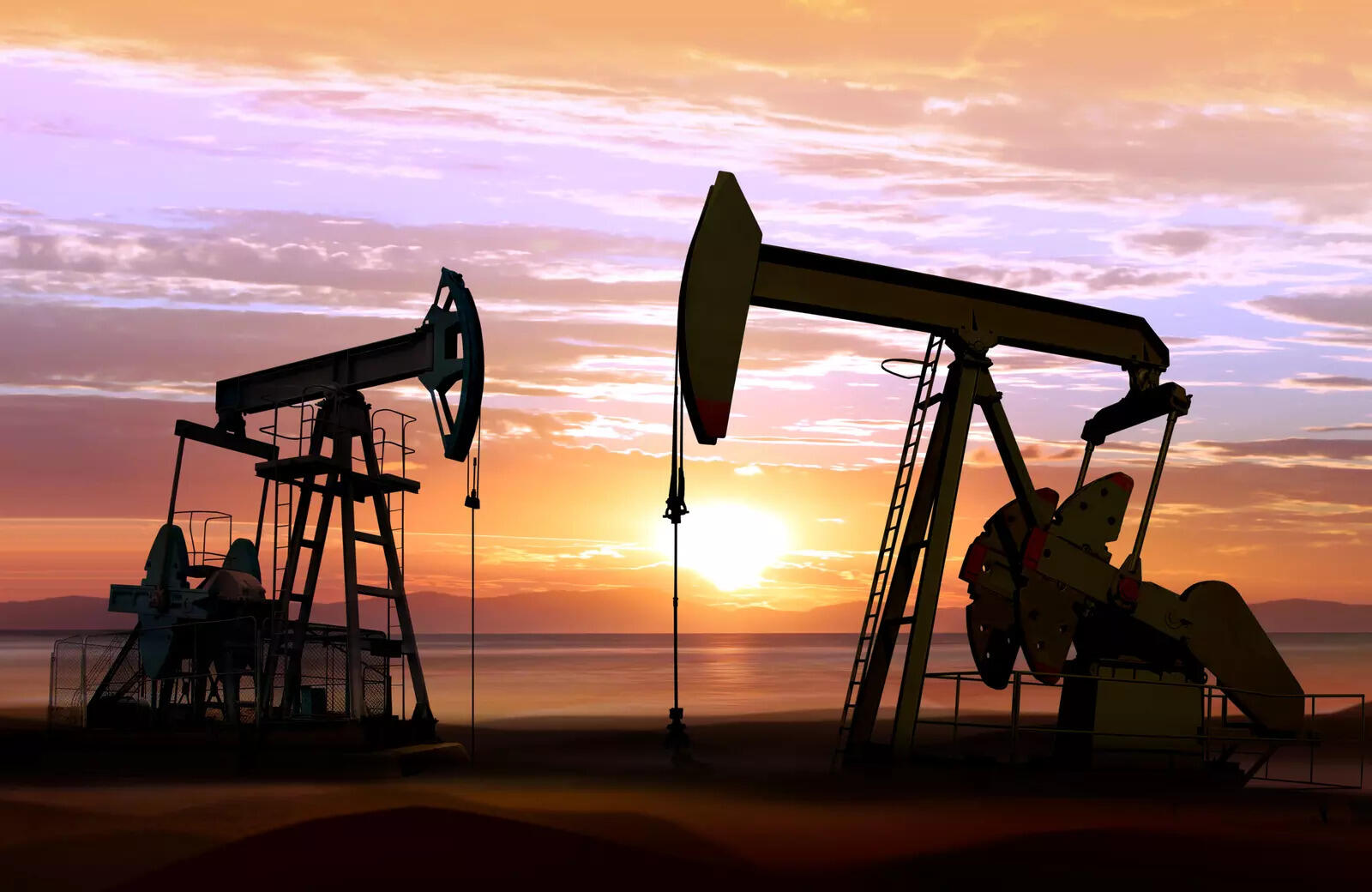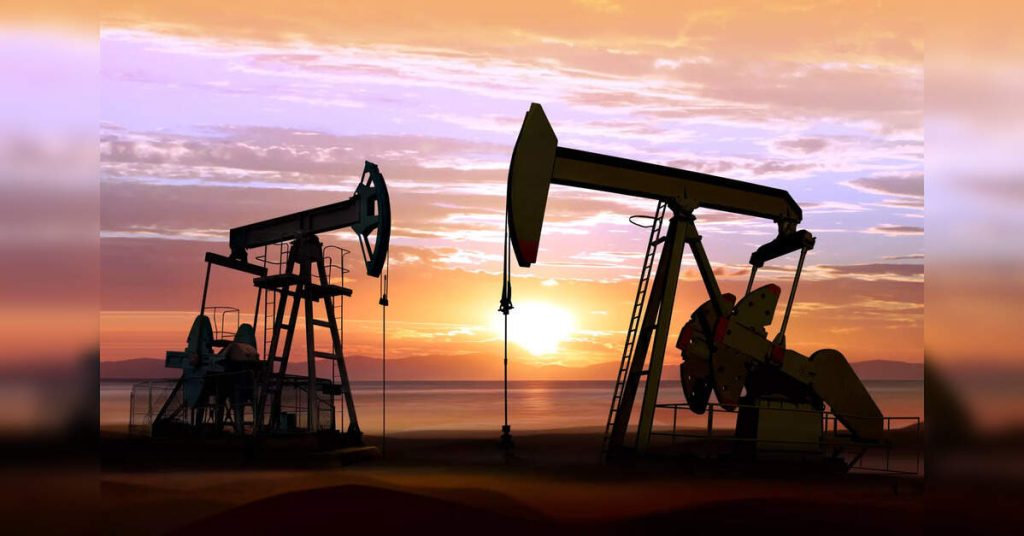
New Delhi: India’s total demand for petroleum products is projected to grow at a compound annual growth rate (CAGR) of 5.37 per cent from 2025 to 2030, with diesel, petrol, aviation turbine fuel (ATF), and petroleum coke expected to drive the surge, according to a sectoral report by the PHD Chamber of Commerce and Industry.
In FY24, India consumed approximately 233 million metric tonnes (MMT) of petroleum products. Diesel alone accounted for nearly 40 per cent of the total, followed by petrol at 15–16 per cent, LPG at 12–13 per cent, petroleum coke at 10–12 per cent, and aviation turbine fuel at 3–4 per cent.
Among the various fuels, light diesel oil (LDO) is forecast to grow at the fastest pace with a CAGR of 8.64 per cent between 2025 and 2030. This is followed by petrol (motor spirit) at 8.23 per cent, ATF at 8.01 per cent, and petroleum coke at 7.52 per cent. Naphtha and furnace oil are expected to see relatively slower growth.
The report titled India Oil and Gas Sector and Strategy to Mitigate Supply Chain and Price Volatility Risks noted, “Petroleum products are indispensable to India’s industrial and transport sectors, and their demand is projected to remain high over the next decade.” It added that sustained economic growth, increasing mobility, and the expansion of sectors such as fertilisers, chemicals, and aviation will fuel consumption.
India is currently the world’s third-largest importer of crude oil, relying on imports for over 85 per cent of its needs. The country’s crude oil production stood at 29.4 MMT in FY25 and is expected to increase to 48.5 MMT in FY27. However, domestic output is likely to fall again to 45.5 MMT by FY30 due to ageing wells and limited new discoveries.
In contrast, natural gas production is expected to increase steadily from 36.6 billion cubic metres (BCM) in FY25 to 57.4 BCM in FY30. The government aims to raise the share of natural gas in India’s primary energy mix from 6 per cent to 15 per cent by 2030.
India’s estimated crude oil reserves as of April 1, 2024, stood at 671.4 MMT. The Western Offshore region accounts for 32 per cent of the reserves, followed by Assam (22 per cent), Rajasthan (19 per cent), and Gujarat (18 per cent). Natural gas reserves totalled 1,094.19 BCM, with 31 per cent in the Western Offshore and 24 per cent in the Eastern Offshore.
The PHDCCI report warns of continued exposure to global geopolitical risks and supply chain disruptions. “The high dependency on crude imports leaves the Indian economy vulnerable to disruptions in key maritime routes such as the Strait of Hormuz and the Suez Canal,” the report stated.
To mitigate risks, India is expanding its strategic petroleum reserve capacity. The current reserve stands at 5.33 MMT across Visakhapatnam (1.33 MMT), Mangaluru (1.5 MMT), and Padur (2.5 MMT). An additional 6.5 MMT is being developed at Chandikhol and Padur under a public-private partnership model.
The report also flagged the likely fall in global Brent crude oil prices from $81 per barrel in 2024 to $66 per barrel in 2026, citing higher supply from non-OPEC+ producers and slowing demand growth.
On the policy front, the report noted reforms such as a revised gas pricing mechanism for APM fields, digitalisation of exploration and production approvals, and support for domestic production through pricing floors and ceilings. The government has pegged domestic gas prices at 10 per cent of the Indian crude basket with a floor of $4 per MMBTU and a cap of $6.5 per MMBTU.
India is also pursuing fuel diversification through increased ethanol blending, biodiesel promotion, compressed biogas development, and early-stage deployment of green hydrogen.
The country has set a renewable energy capacity target of 500 GW by 2030. As of October 2024, the installed renewable energy capacity crossed 200 GW, with solar energy contributing 90.76 GW. Renewables currently make up 46.3 per cent of India’s total installed power generation capacity.


